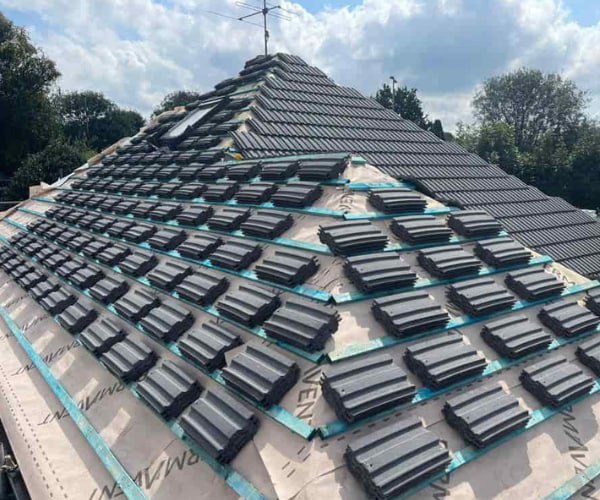Common Causes of Lead Flashing Damage
Introduction: Lead flashing is a critical component of any roofing system, designed to prevent water intrusion in vulnerable areas such as roof joints, chimneys, and valleys. While lead flashing is known for its durability, it can still be vulnerable to damage over time. Understanding the common causes of lead flashing damage is essential for homeowners and property managers to maintain the integrity of their roofs. We’ll explore the primary culprits behind lead flashing damage in this blog post, presented by DHG Roofing Shefford.
1. Exposure to Harsh Weather Conditions
One of the leading causes of lead flashing damage is prolonged exposure to harsh weather conditions. Extreme temperatures, especially freeze-thaw cycles, can cause lead to expand and contract, leading to cracks, splits, and weakened areas. The constant battering of rain, wind, and UV rays can accelerate the deterioration of lead flashing over time.
2. Poor Installation
Improper installation of lead flashing can result in damage and premature failure. If flashing is not correctly secured, sealed, or integrated with surrounding roofing materials, it can become vulnerable to leaks and damage. Ensuring experienced professionals install lead flashing is crucial to its longevity and effectiveness.
3. Structural Movement
Buildings are subject to structural movements caused by settling, ground shifts, or temperature fluctuations. These movements can place stress on lead flashing, causing it to become loose, detached, or misaligned. Proper flashing installation techniques for structural movement are essential to prevent damage.
4. Inadequate Maintenance
Regular maintenance of your roofing system, including lead flashing, is essential to catch and address issues early. Neglecting maintenance can make small problems more extensive and costly to repair. Regular inspections and timely repairs can prolong the life of your lead flashing.
5. Impact Damage
Lead flashing located near trees or where debris can accumulate may be susceptible to impact damage from falling branches, hail, or other objects. Even minor impacts can create cracks or punctures in the lead, compromising effectiveness.
6. Corrosion
While lead is naturally resistant to corrosion, it can still develop surface oxidation or rust over time, especially in environments with high humidity or pollutants. Corrosion weakens the lead and can lead to leaks if not addressed.
7. Tree Growth and Roots
Overhanging tree branches and nearby tree roots can threaten lead flashing. Roots may push against or lift the flashing, while branches can scrape or puncture it. Regular tree maintenance can help prevent damage.
8. Pests and Wildlife
Birds, rodents, and insects may be attracted to lead flashing, either to nest or chew on it. Their activities can create holes or tears in the flashing, leading to leaks and damage.
Conclusion: Understanding the common causes of lead flashing damage is essential for proactive maintenance and protecting your roofing system. Regular inspections, proper installation techniques, and prompt repairs are crucial to ensuring the longevity and effectiveness of lead flashing. Suppose you suspect damage to your lead flashing or need assistance with repairs. In that case, it’s advisable to consult with roofing professionals like DHG Roofing Shefford to assess the extent of the damage and perform necessary repairs to protect your home or property.
Call us on: 01462 411 095
Click here to find out more about DHG Roofing Shefford
Click here to complete our contact form and see how we can help with your roofing needs.

